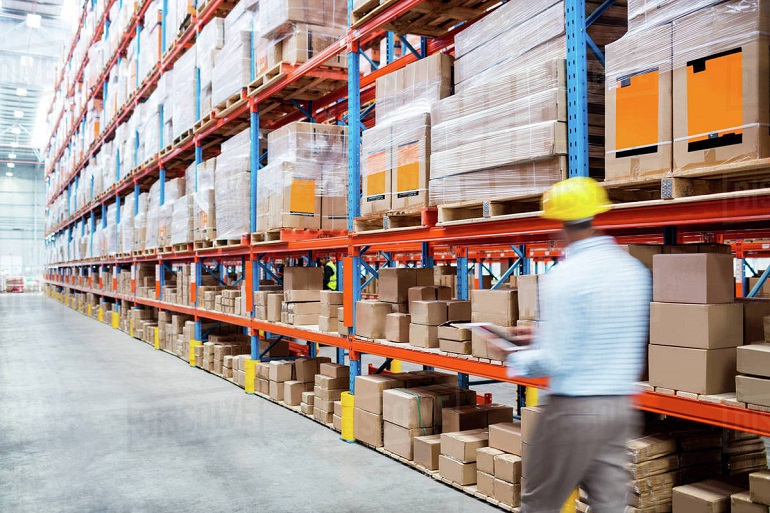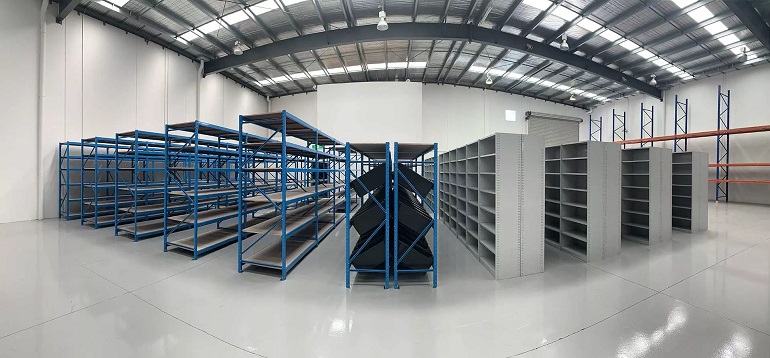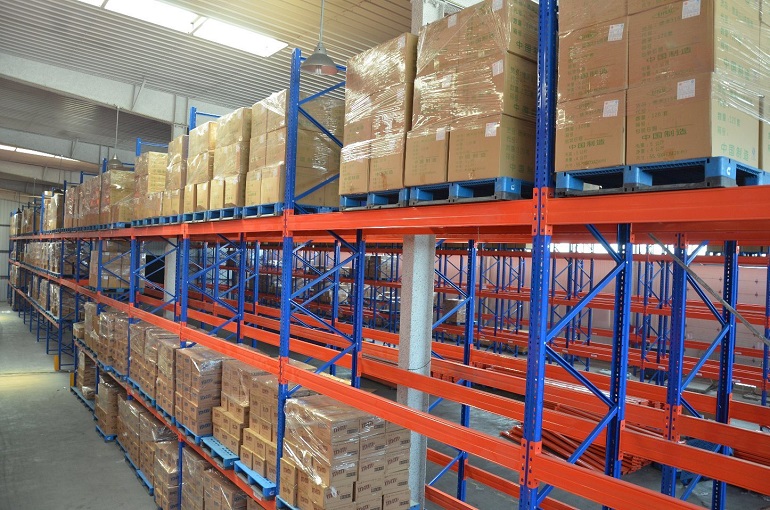Implementing the right warehouse shelving and racking units is one of the most important business decisions you’ll ever make. Your shelving and racking systems provide a great return of investment by allowing you to maximise your space, while minimising product turnover at the same time and delivering a safe working environment for everyone involved.
If you’re looking to buy shelving units and racks, you should know that there are a few different types that serve different purposes. Regardless, all shelving and racking systems are made up of three parts – frames that include beams and uprights, the decking components that are made up of wire decking and support bars, and protective pieces that protect the rack frame against damage.
The beams and uprights, plus the shelving parts work together to support the loads. The protective pieces aren’t essential, but they serve as a type of insurance against damage. Warehouses are busy environments, so forklift and other material handling equipment strikes aren’t a matter of if they happen, but rather a matter of when they happen. Let’s explain what all the parts of a shelving and racking unit do so that you can have a better understanding of what you need to look for when you set out to buy shelving units.
The vertical components of the shelving system – the uprights or frames, take the structural load from the system and transfer it to the concrete floor. That being said, it’s important to consider the load capabilities of the unit. Loads can be either dead or live. The dead load represents the weight of the shelving unit itself, whereas the live load refers to the entire weight of the items sitting on the racking or shelving unit.
The beams, uprights and decking work together to manage heavy loads of products. If properly designed, these components will safely hold the capacity they’re rated for. For that reason, make sure each part of the shelving or racking unit you buy is strong enough to perform its intended job.
Uprights
The uprights, also known as frames or verticals, are your shelves’ outer component. The two most important dimensions to consider are depth and height. The height is the distance from the warehouse floor to the top of the shelf. The height of the upright can range from 2.5m up to more than 10m, depending on how much vertical space is available in the warehouse. The depth represents the width of the frame from front to back. The depth of the shelf unit can vary from 90cm to 150cm.
Beams
The horizontal shelf parts are called beams. The beams are usually made of steel and take the downward forces of loads and transfer them horizontally to the uprights whereas the live load moves vertically to the floor. The two most important dimensions to consider are length and beam depth.
The length dimension represents the clear span between uprights, whereas beam depth represents the thickness of the beam. Both dimensions play a huge role in the beams’ ability to transfer and take weight. Usually, the longer the beam, the thicker it should be. Beams are available in two profiles – square and step beams.
Support Bars
The support bars often come as extra accessories, and they basically run between the beams to support the structure. These bars support the structure all across the centre and prevent it from sagging, flexing or breaking. Some support bars are compatible with step beams, while others work with square beams.
Wire Decks
The wire decks are a substitute for support bars. These accessories provide a lot of load support and act as a net to prevent items from falling in between the beams of the shelves. The wire is usually made of steel, and they’re available as either flared or step wire decks. Flared decks are also known as universal decks, and they feature a design that makes them compatible with both step and square beams. Step wire decks, on the other hand, are specifically made for step beams, and they provide an extra, snuggly-supported deck surface.
Rack Protector
No warehouse shelving system is complete without a rack protector. These small but important safety devices are your first line of defence against impact from forklifts. They’re indispensable and inexpensive components that protect against forces that can topple or damage your shelving unit.
There are various different types of rack protectors, and most of them are made from either plastic or steel. They’re typically placed at floor level, as that’s where forklift tines hit upright edges most. However, you can also install rack protectors higher up to provide additional protection.
You can choose from a broad range of shelves and racking systems online, suitable for a wide range of applications. All of these systems will come in different sizes, load capacity and other specifications, so it’s important to pay close attention to the parts that make up the unit in order to make sure you get one that suits your needs.

